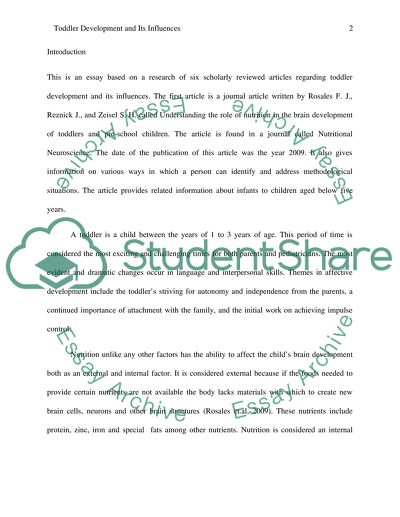Cite this document
(“Toddler Development and Its Influences Research Paper”, n.d.)
Retrieved from https://studentshare.org/family-consumer-science/1443675-toddler-development-and-its-influences
Retrieved from https://studentshare.org/family-consumer-science/1443675-toddler-development-and-its-influences
(Toddler Development and Its Influences Research Paper)
https://studentshare.org/family-consumer-science/1443675-toddler-development-and-its-influences.
https://studentshare.org/family-consumer-science/1443675-toddler-development-and-its-influences.
“Toddler Development and Its Influences Research Paper”, n.d. https://studentshare.org/family-consumer-science/1443675-toddler-development-and-its-influences.


